Marine scientists from the US National Oceanic and Atmospheric Administration (NOAA) have found Mapping and Geomorphic Characterization of the Vast Cold-Water Coral Mounds of the Blake Plateau / Geomatics and mapped the world's largest deep-sea coral reef. This gigantic ecosystem is home to hundreds of animals that people didn't even know existed.
The previously unknown world is located at a depth of 500 to 1,000 meters, 160 kilometers from the U.S. coastline (between the states of North Carolina and Florida). Its length is estimated at 500 kilometers, and its width in some places reaches 109 kilometers. The total area of the network is approximately 2.6 million hectares. The largest number of corals was found in an area that the researchers called the "Million Mounds".
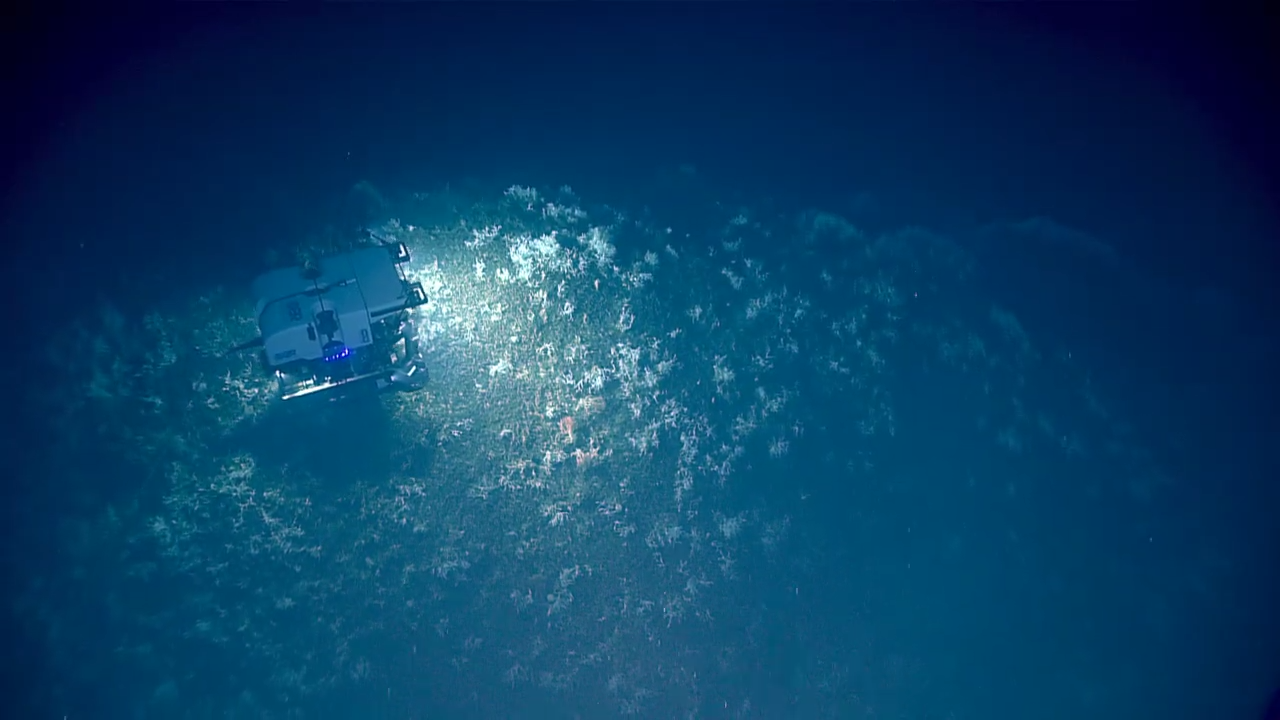
Marine scientists have known since the 1960s that deep-sea corals live on the Blake Plateau. But so far they have lacked the technology, equipment and funding to properly assess the seabed.
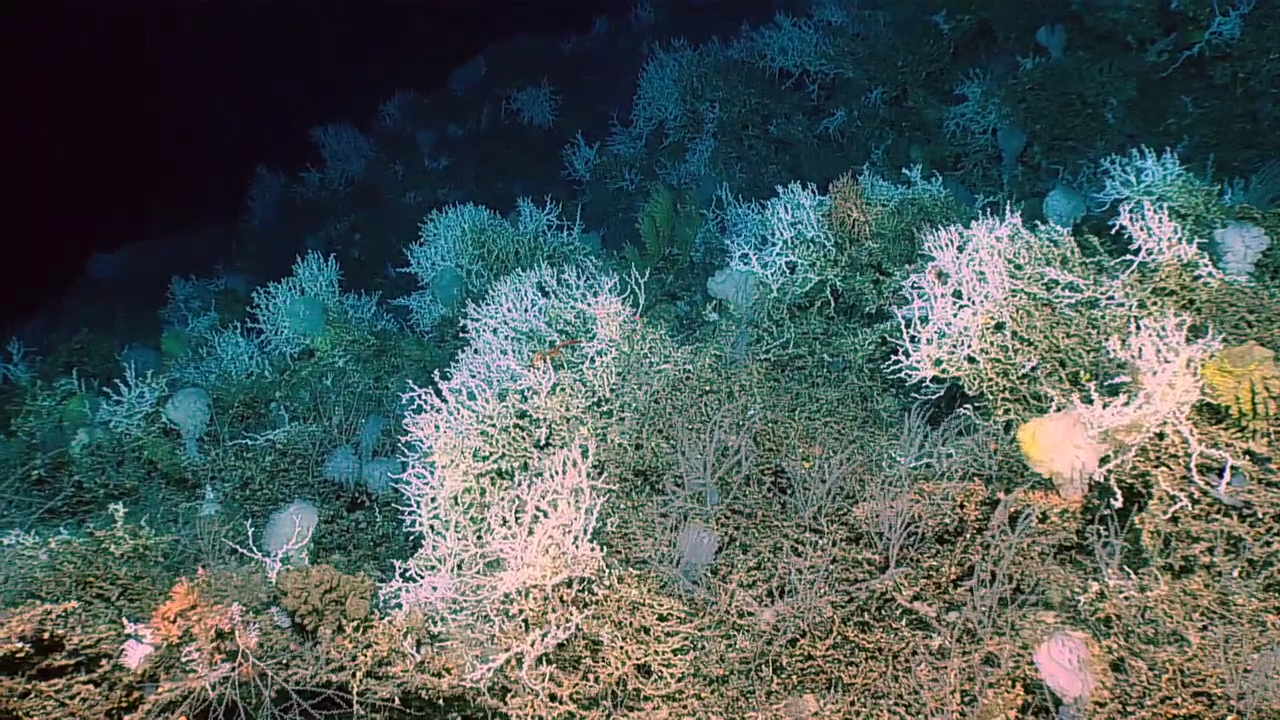
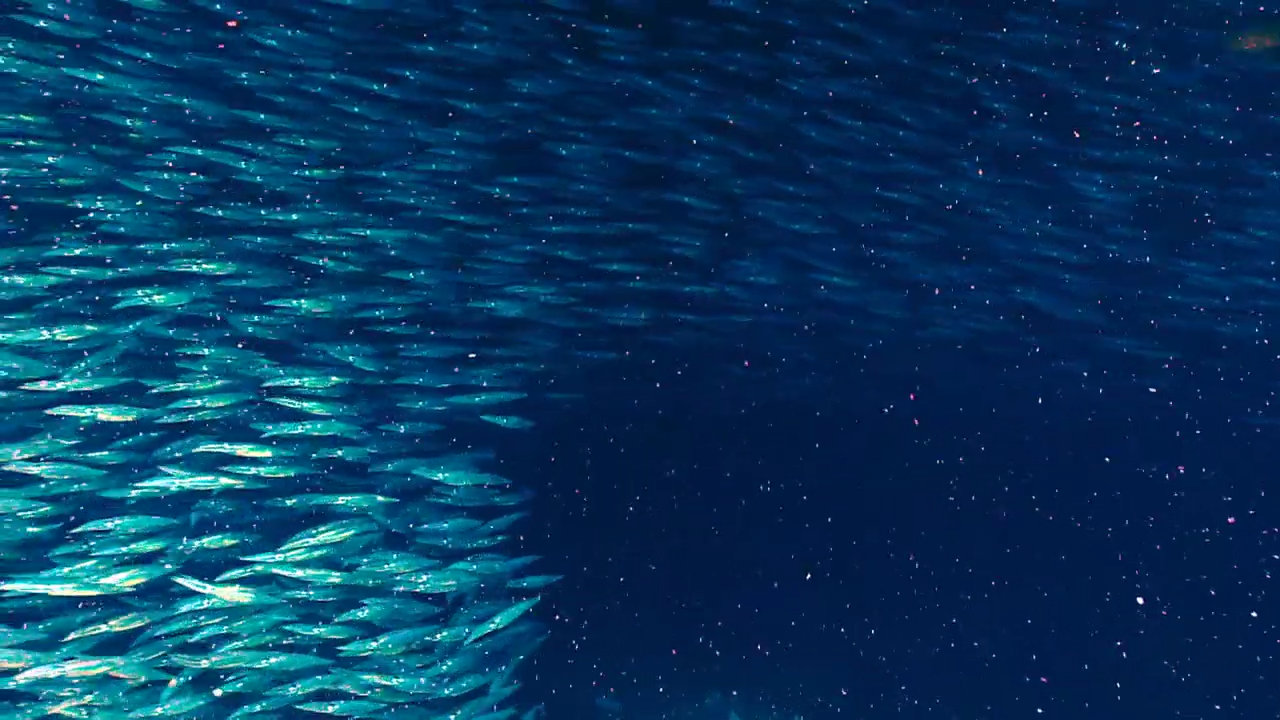
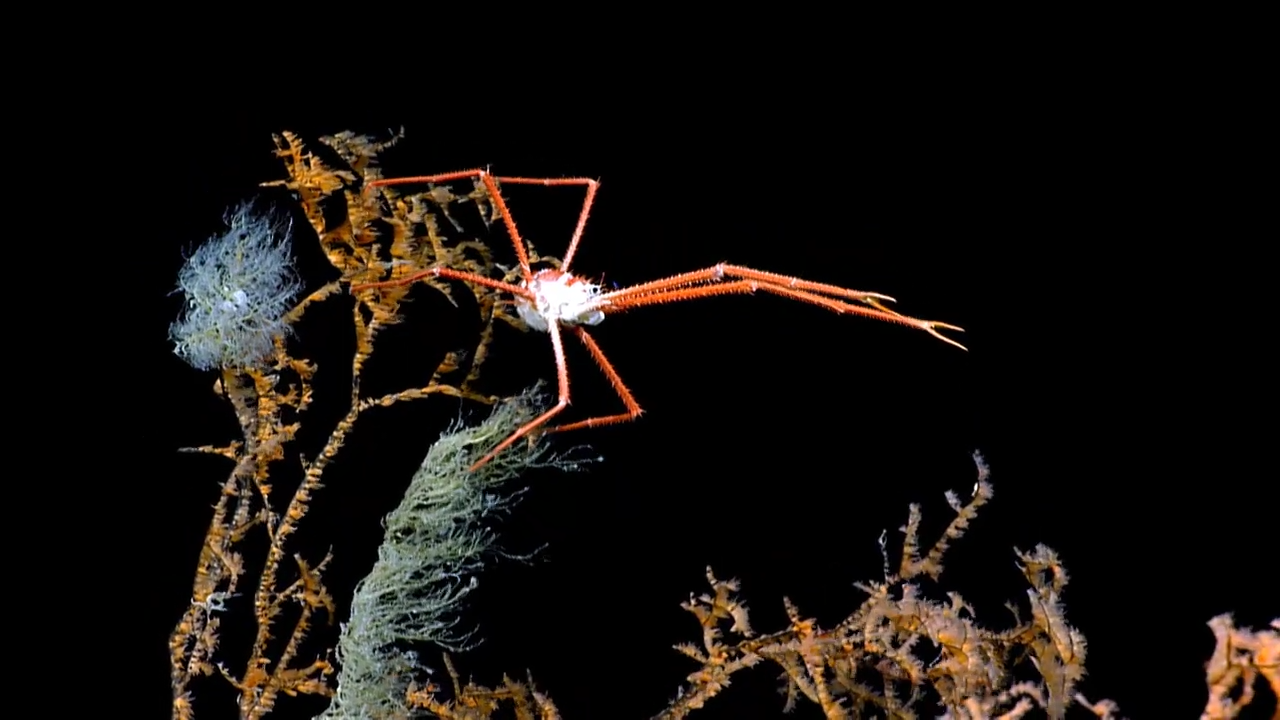
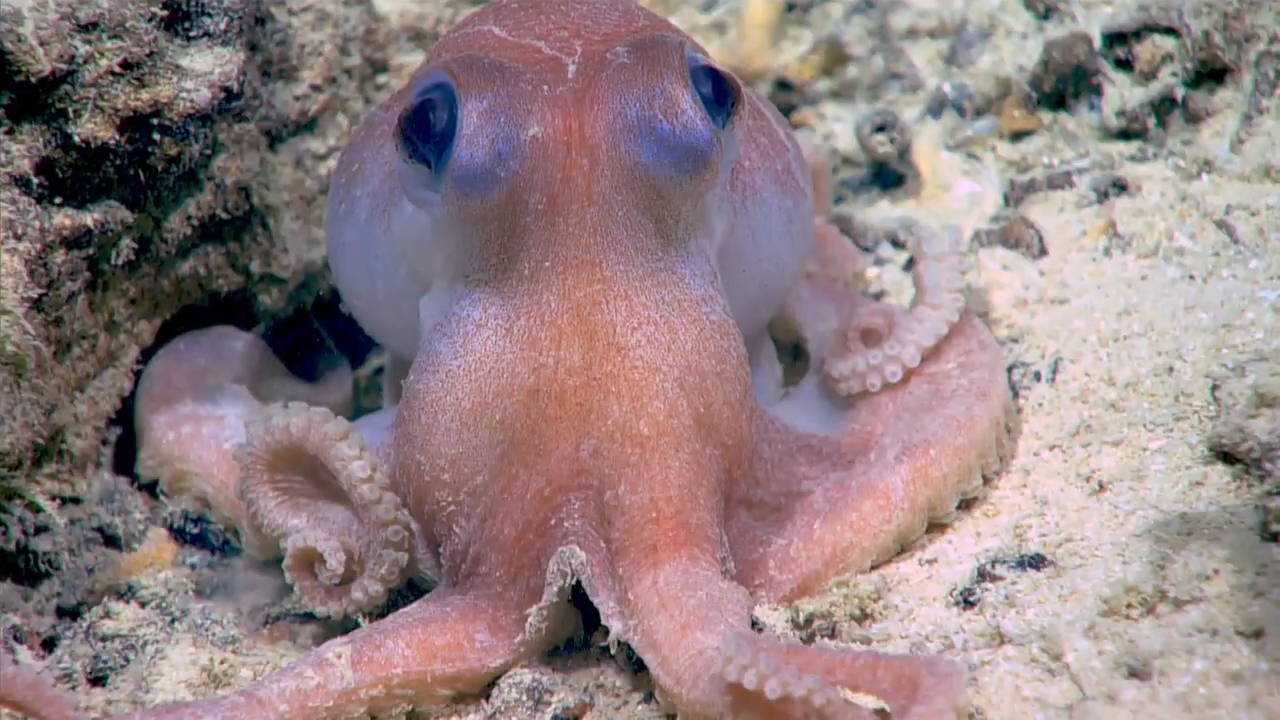
These expanses lie directly under the Gulf Stream, a deep, nutrient—rich current of warm water. Researchers believe that this underground superhighway provides them with everything they need to thrive.
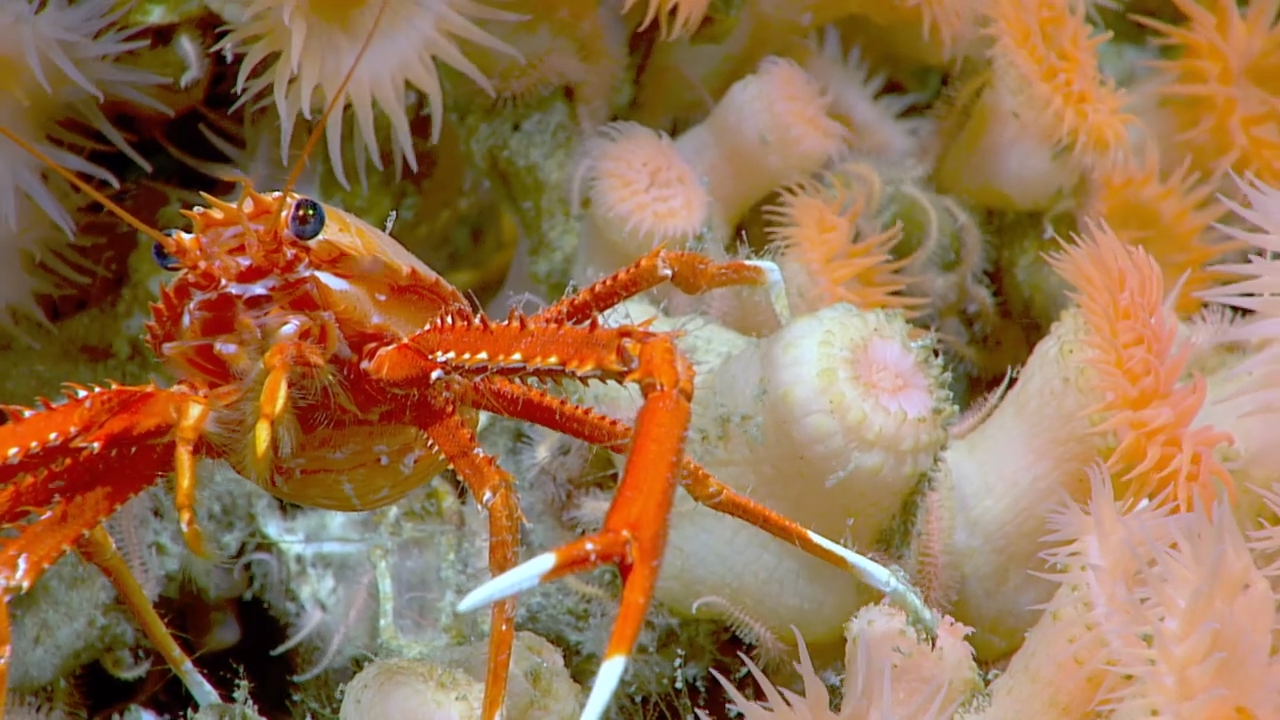
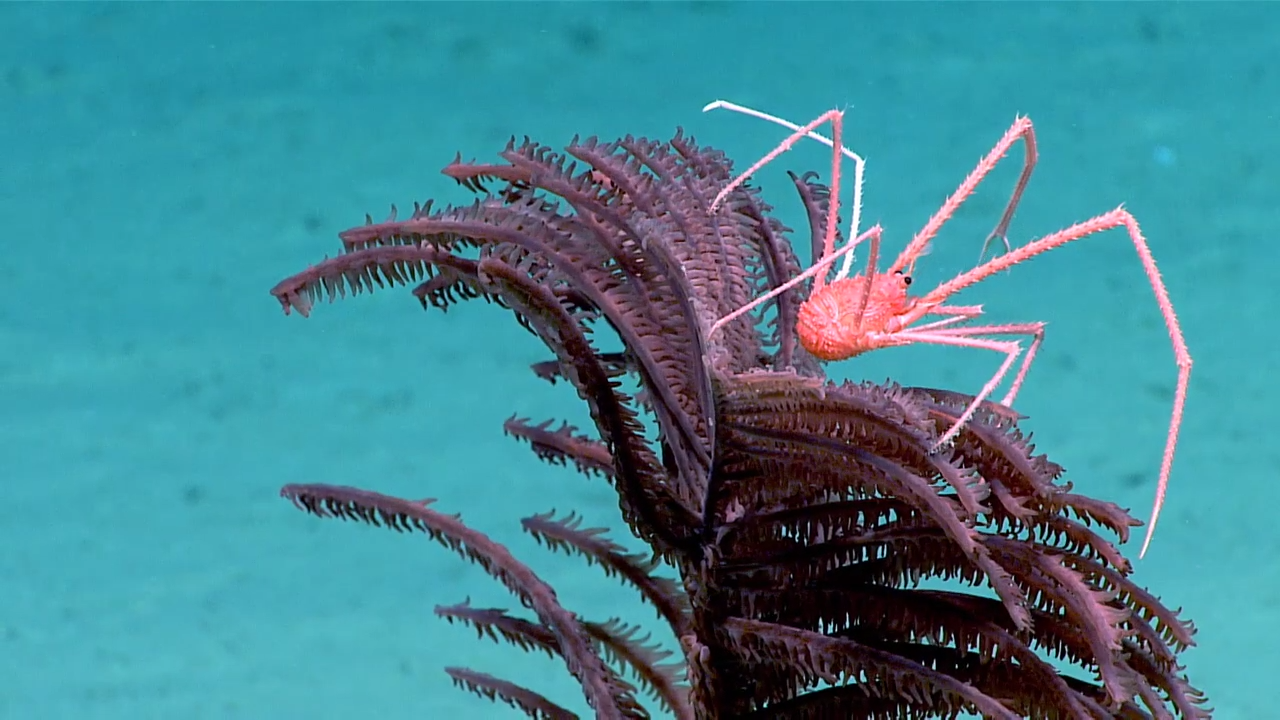
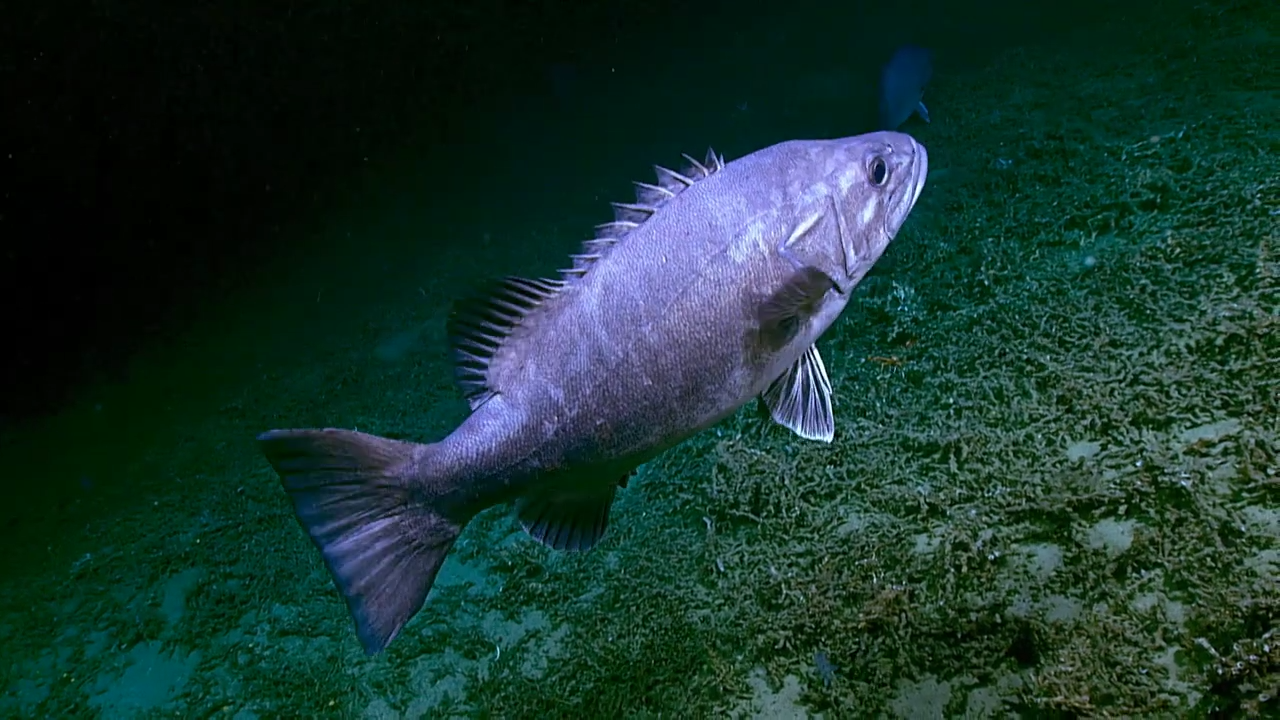
It is possible that even larger deep-sea coral reefs may exist under other similar ocean currents around the world.